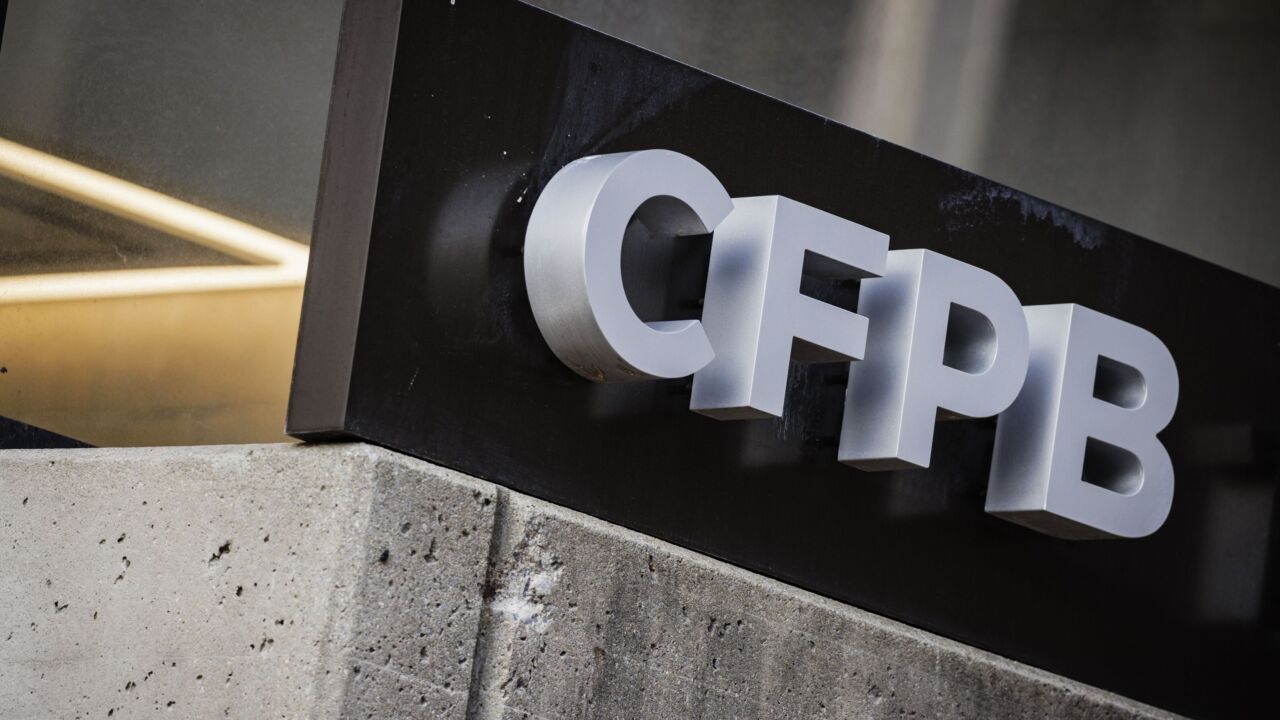-
The Clearing House spent 10 months and $2 million to plan a simulation of a large bank failure — and the results are not only fascinating, they're exemplary.
December 19 -
The Clearing House Association launched an ambitious war-game scenario last week to determine whether the FDIC could successfully resolve the failure of a large banking company.
November 14
WASHINGTON — A real bank failure has yet to test the Dodd-Frank Act's resolution regime, but an industry group says its realistic mock-up shows the facility can prevent systemic fallout.
The Clearing House Association's simulated cleanup of a systemically important financial institution — referred to as "SIFI A" — under the Federal Deposit Insurance Corp.'s new "orderly liquidation authority" proves it "can be a viable mechanism for resolution of a large, complex SIFI," the association's final
"Although there were many issues to be resolved and difficult decisions to be made, as well as inevitable confusion and uncertainty that accompanies a crisis at a large financial institution, the first phase of the … resolution process for the failing SIFI A that began on a Friday evening was successfully completed by Sunday evening before the Asian markets reopened," the report said.
The group also released a
"Drawing on the experience gained through [the Clearing House's] recent Resolution Simulation Exercise, the white paper concludes that a …'single point of entry' private-sector recapitalization provides a viable process for handling the failure of a large, complex financial institution without significant systemic consequences and without cost to taxpayers," Paul Saltzman, president of the association, said in a statement to open the white paper.
Dodd-Frank established a process whereby the Treasury Department, bank regulators and the White House can opt for a special FDIC wind-down when the bankruptcy of a complex firm could threaten the market at large. Bankruptcy is still considered the preferred option, but officials say the new facility would have prevented the panic that ensued from failures during the crisis. The reform law also requires large firms to draft internal resolution plans — known as "living wills" — in part to help regulators plan.
The simulation, which followed 10 months of preparations, involved a meeting in November of industry stakeholder to carry out the virtual failure and resolution. More than 160 people took part, including bankers, former regulators, consultants and attorneys from five different law firms.
Participants were divided into 11 different affected groups, including the $1.9 trillion-asset U.S.-based institution that was seized, two other SIFIs, the FDIC as well as other U.S. and United Kingdom agencies, buy-side investors, the media and lawmakers.
Role-playing how each of the constituencies would represent their interests, the simulation was carried out in four phases: the company's downward spiral spurred by huge losses out of its U.K. broker-dealer; the FDIC's placement of the parent firm in receivership and the operating subsidiaries into a new bridge company with losses imposed on debt and equity holders; urging of market participants to continue business with the bridge company; and finally a series of panel discussions contemplating the transformed company's long-term future.
The earliest steps of the process followed by the participants under the "single point of entry" indicated the approach can prevent one firm's failure from upending the markets, the report said. The FDIC's resolution authority was mandated under Title II of Dodd-Frank.
"The swift execution of the initial phase of resolution for SIFI A under Title II was instrumental in preventing contagion from occurring," it said.
Yet the group also noted several issues emerging from the simulation demanding attention from policymakers to make the real-life resolution facility workable.
Those include steps by authorities to develop an effective communication protocol in the event the resolution of a systemically important firm is ordered.
"During the simulation exercise, communications at multiple levels were strained, and the lack of communications, especially prompt public communications from the authorities, exacerbated market concerns," the report said. "Although some degree of confusion may be inherent in these circumstances depending on how suddenly an institution faces default, a comprehensive communication protocol to provide timely and accurate information to the public and other stakeholders should be developed ex-ante by the key regulatory agencies."
Participants also found that the process would have been improved if there had been more coordination between the FDIC and the virtual SIFI in the development of their respective resolution plans when the company was still healthy. Under Dodd-Frank, a firm must submit its internal plan to both the FDIC and the Federal Reserve Board, but not necessarily the other way around.
"The simulation exercise indicated that the development of a resolution approach for SIFI A was hampered by the fact that SIFI A had no access to the Title II resolution plan prepared for it by the FDIC …," the report said. "The FDIC should consider sharing its Title II resolution plan with the relevant SIFI or making the Title II resolution planning process a joint exercise with each SIFI, at least in part."




